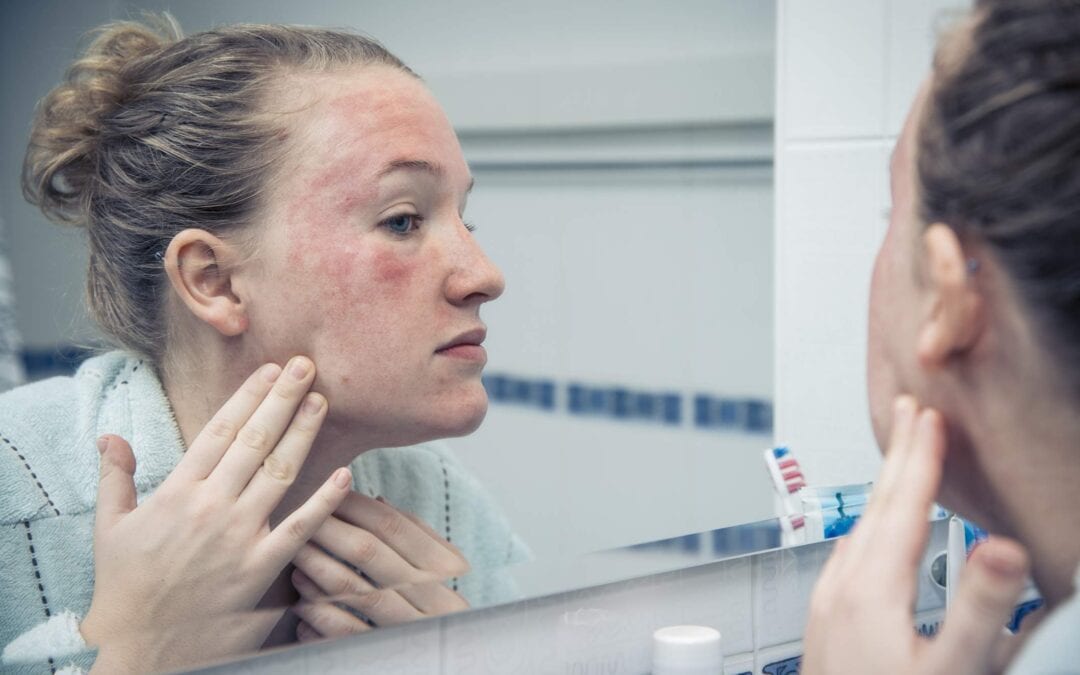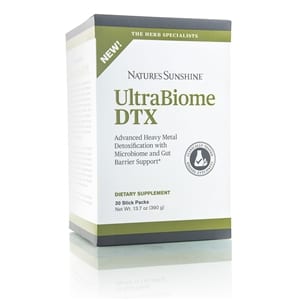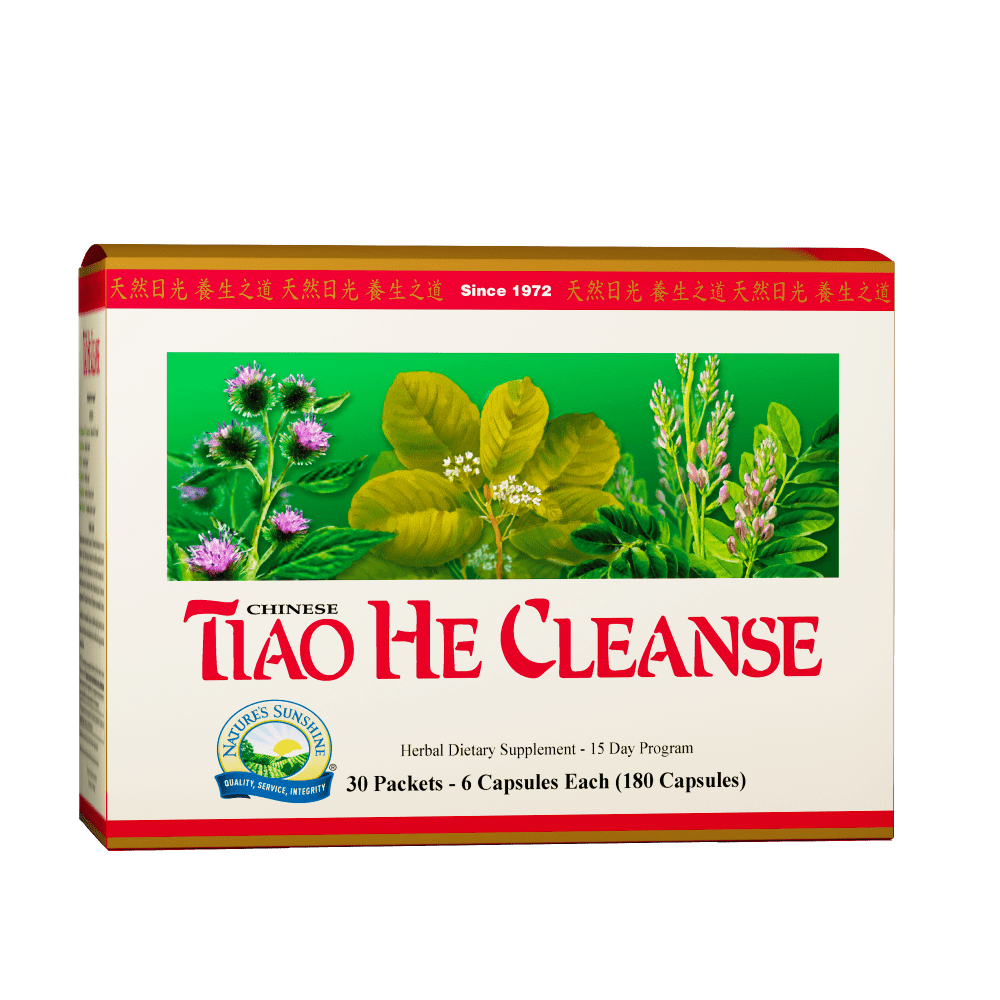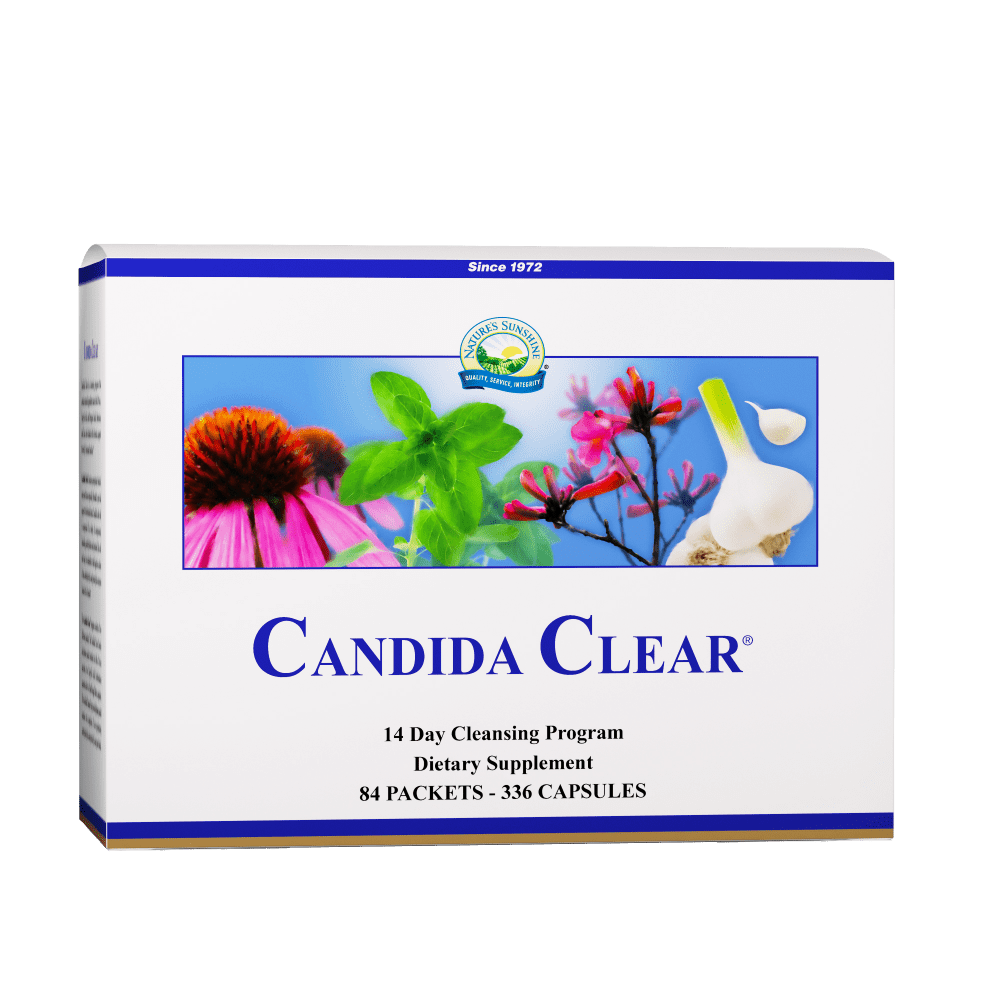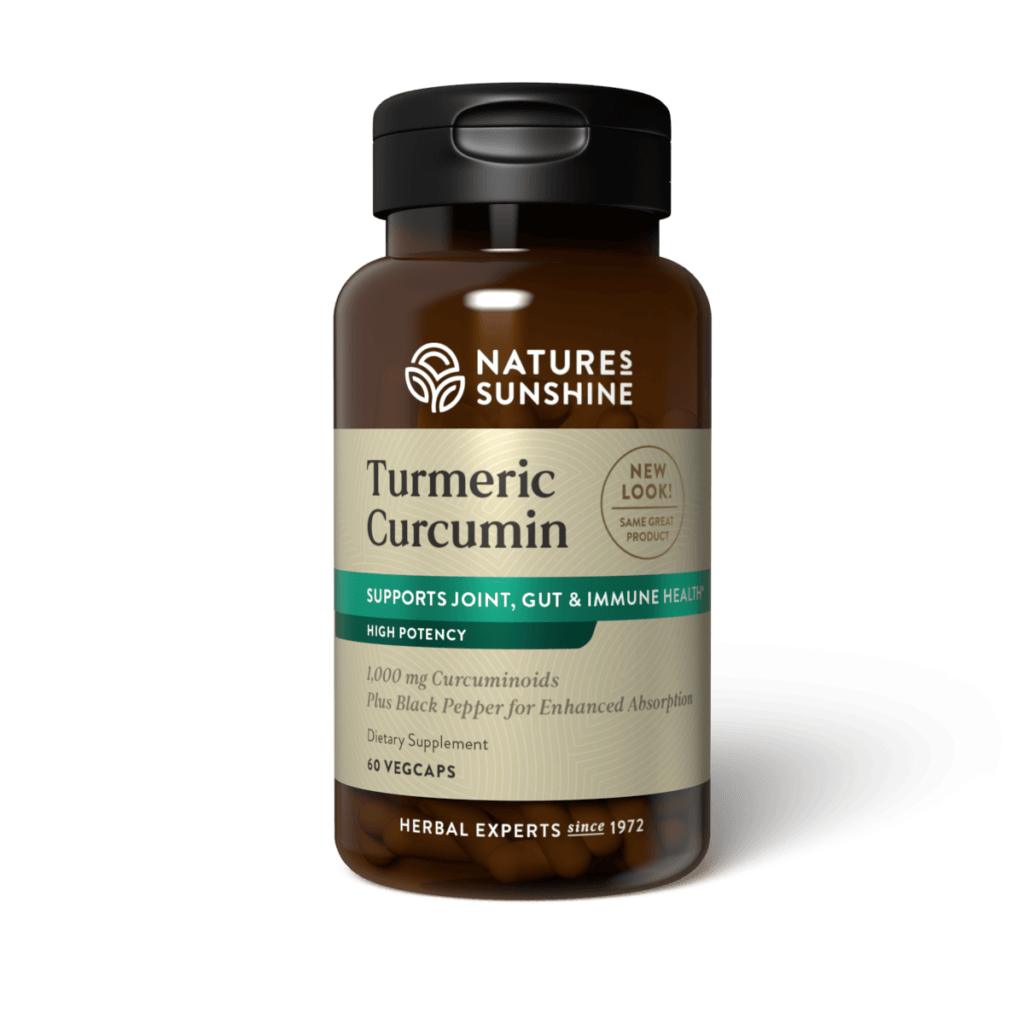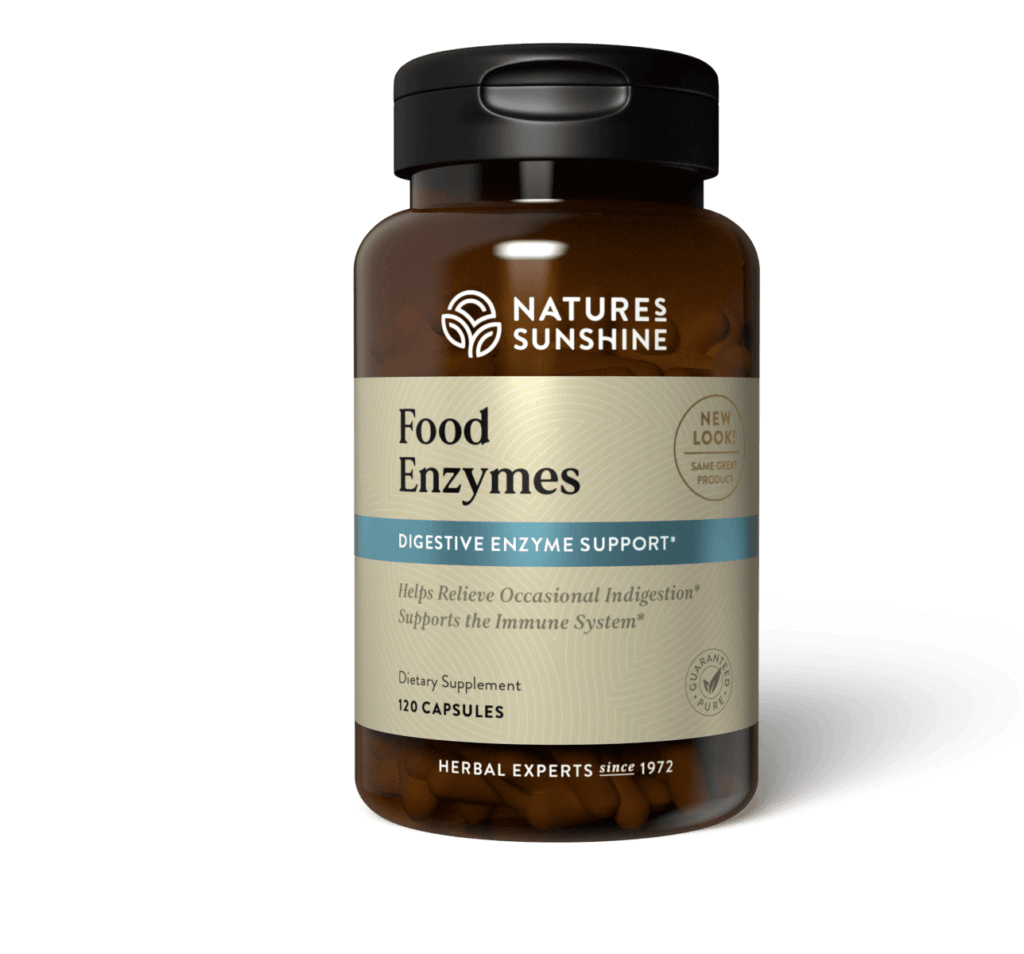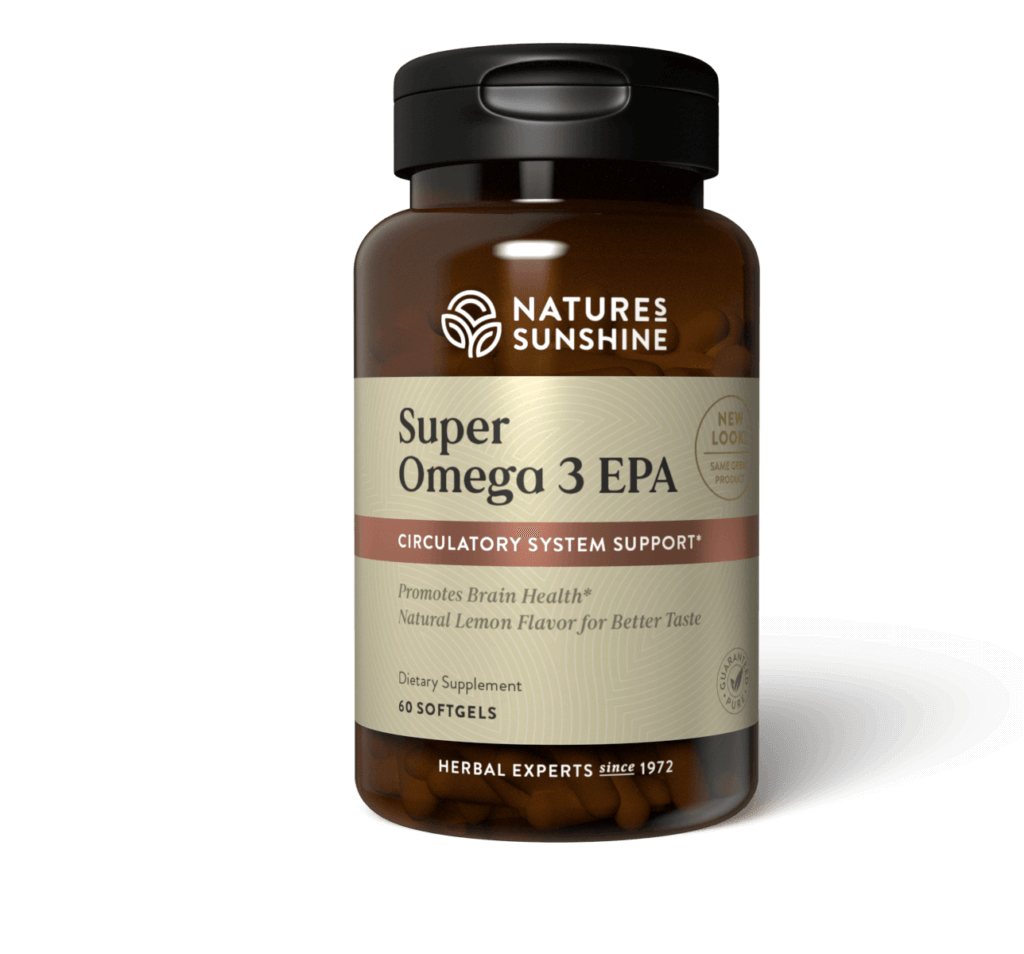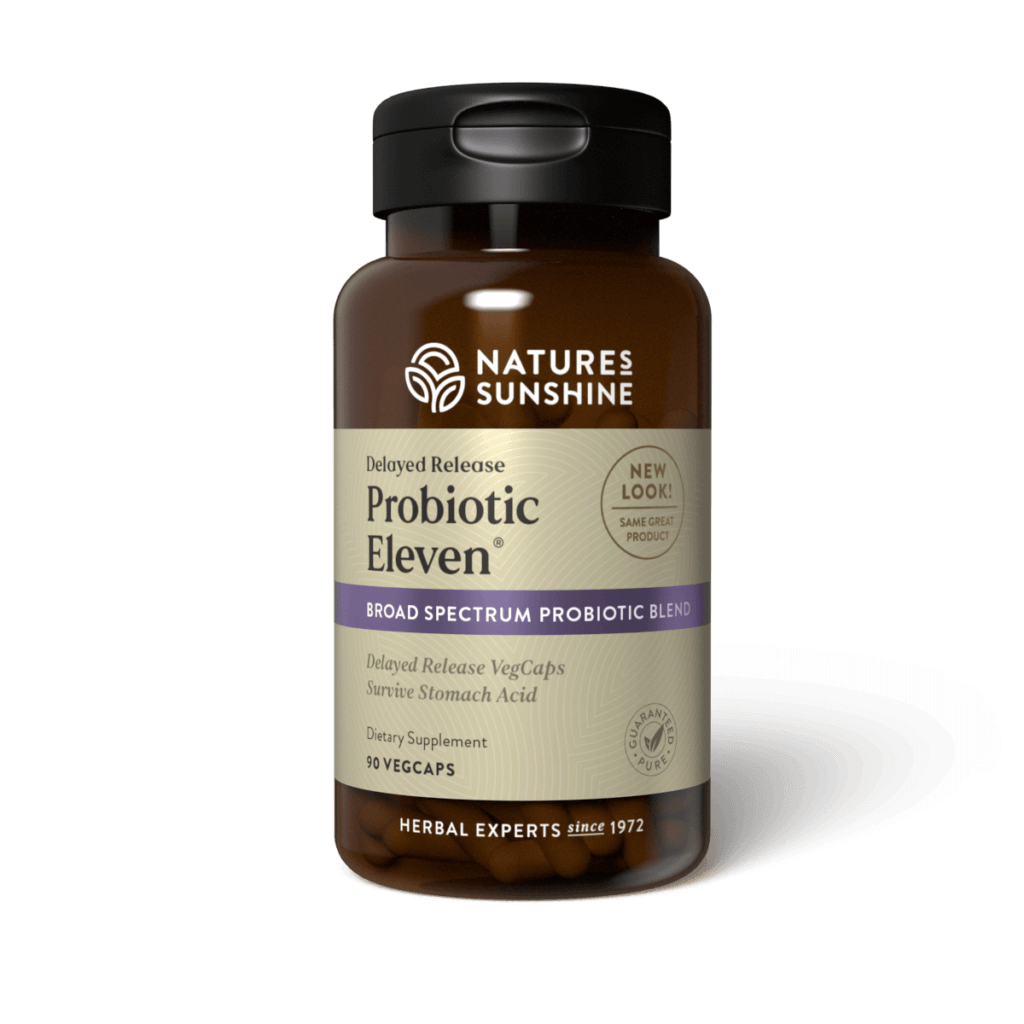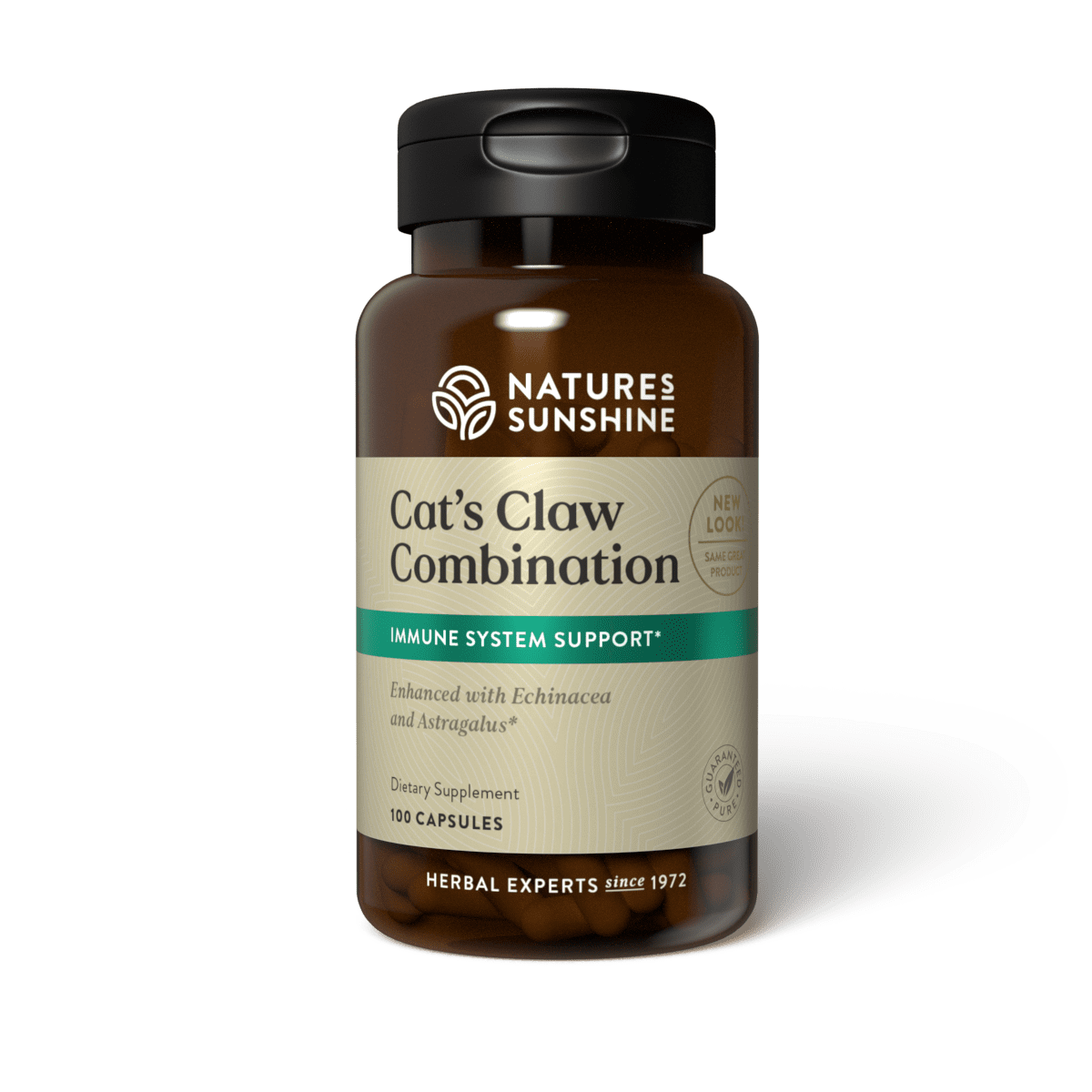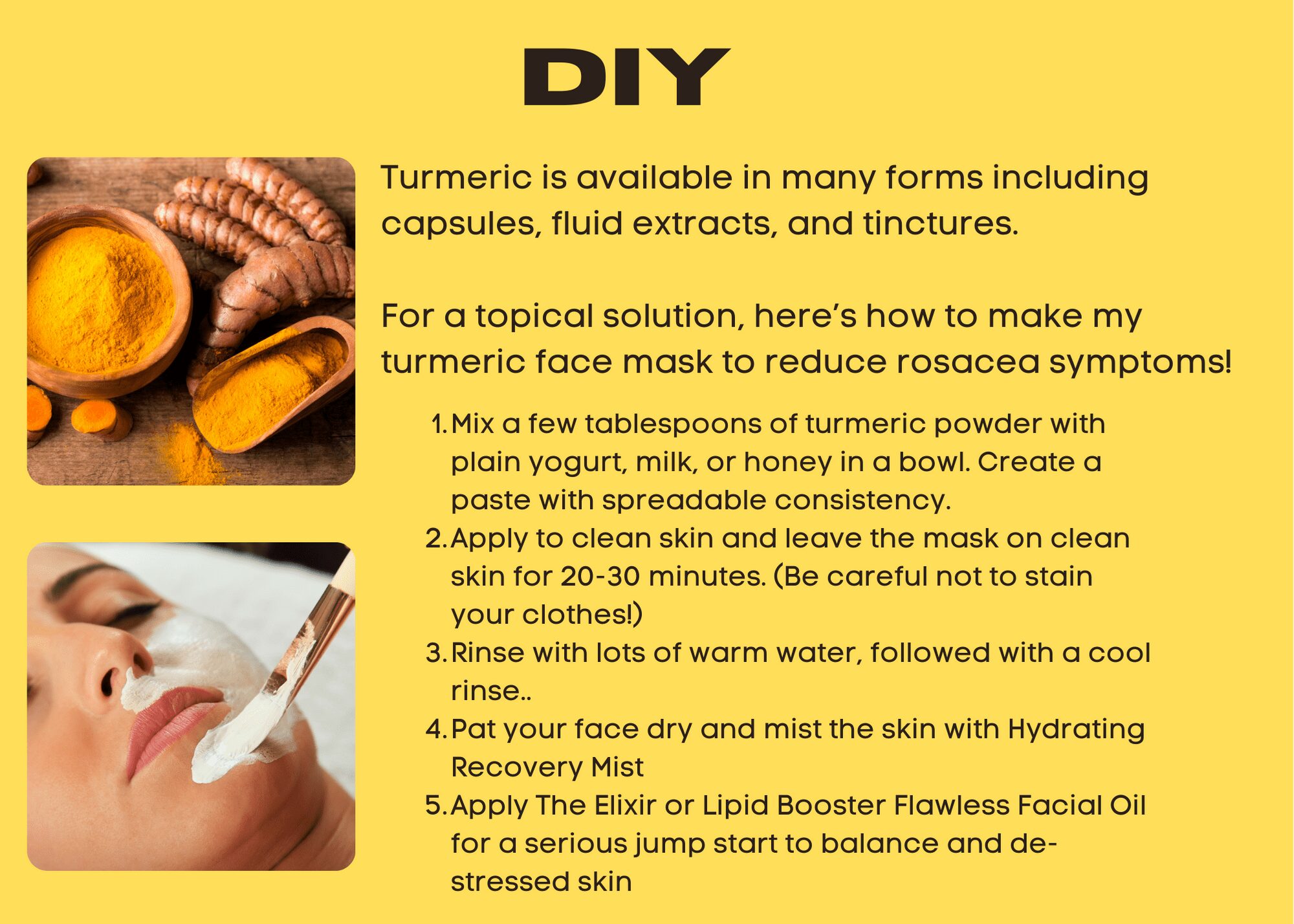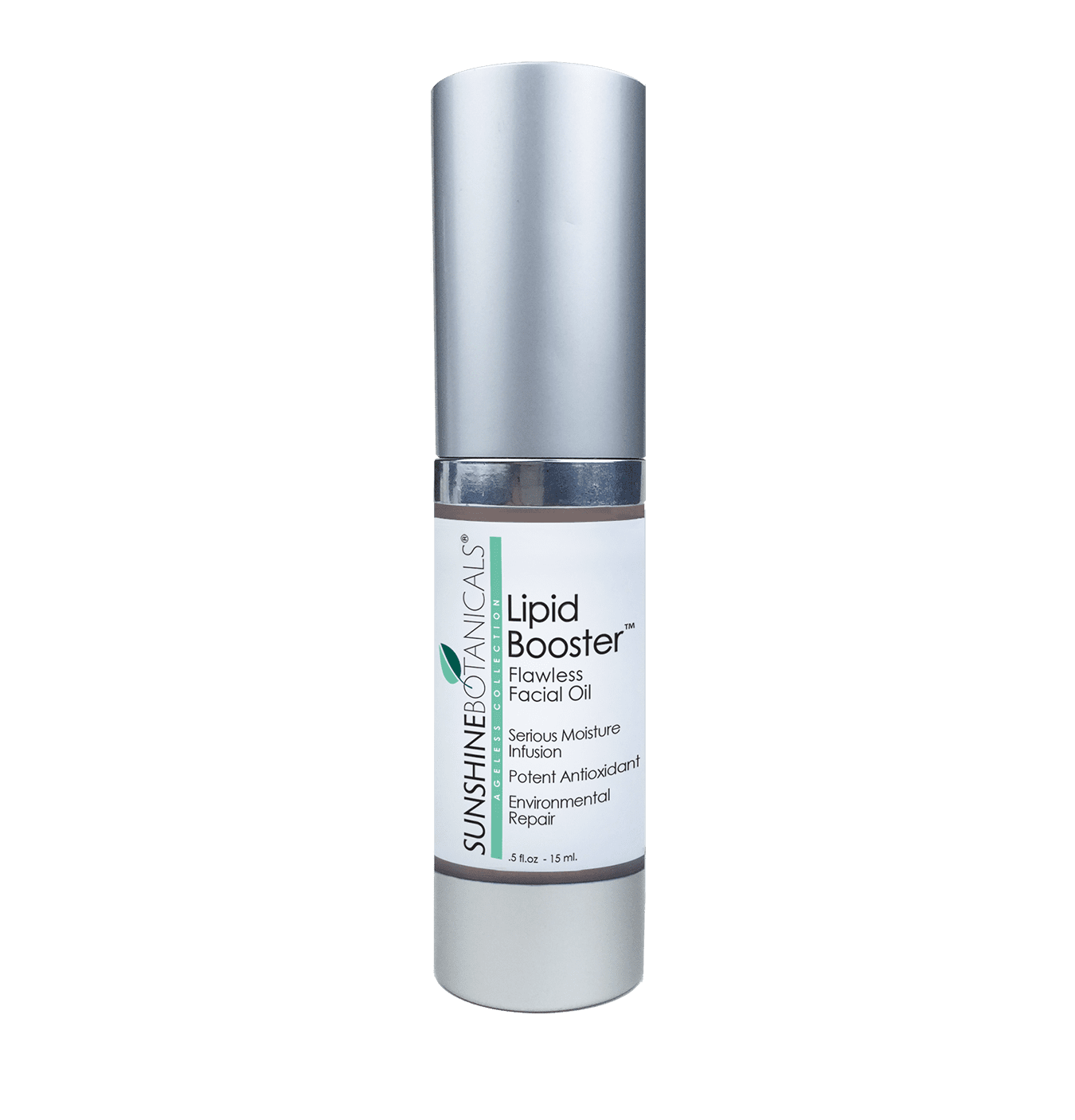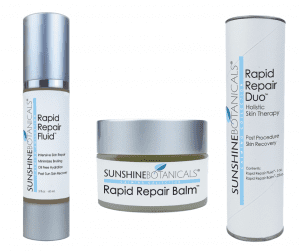Getting to the “Roots” of Inflammatory Skin Conditions
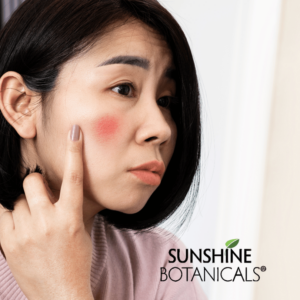
Since this is “Rosacea Awareness Month,” I wanted to distinguish the difference between chronic inflammation and Rosacea and provide insights into the underlying root causes of both of these conditions. In my experience, most people I meet have sound-byte knowledge of this frustrating and chronic skin condition. They leave their doctor’s office with little more than a prescription designed to treat the symptoms and ZERO understanding of any potential underlying root causes.
Most people with Rosacea have a long history of frequent facial flushing, whether full facial redness or localized in a few areas on the face (cheeks, nose, forehead). Facial flushing is often the earliest sign of Rosacea and appears in a “butterfly” type pattern on the face. Occasional skin flushing and redness does NOT necessarily mean you have Rosacea.
In order to understand the difference, let’s first understand INFLAMMATION…
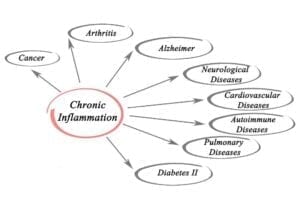
According to the American Diabetes Association, 371 million adults and children are living with diabetes worldwide, yet another chronic inflammatory disease. An additional 79 million have pre-diabetes, placing them at increased risk for developing type 2 diabetes. The continued changes to our food supply and lifestyles are continuing to escalate the crisis of chronic inflammation.
Inflammation is associated with some of the worst health conditions, including heart disease, diabetes, Alzheimer’s, stroke, and cancer. While acute inflammation is a helpful process for the body when you have an injury, chronic inflammation is extremely detrimental.
In fact, scientists have linked chronic inflammation to the previously mentioned disease conditions. They are currently studying how sugar, refined carbohydrates, and excess body weight may increase the risk for these life-threatening conditions. When these stressors don’t let up, the immune system can spiral out of control and increase the risk for disease.
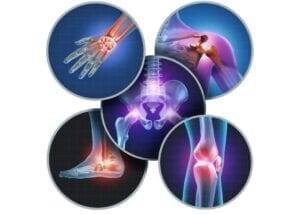
“So why is my face red all the time!!” you ask?? Let’s first discuss what we see in the mirror every day – redness, splotchy skin, dull, dry, flaky skin, and often times papules, pustules, and breakouts. Yikes! How on earth do you correct that – they each seem so opposite…and what if your skin is aging or discolored from sun damage? This IS a challenge…
Inflammation on the face that appears to be a lighter, more diffuse, flushed redness in the skin that seems to come and go frequently is a reactive process to all sorts of topical treatments, cosmetics, and changing climate conditions.
So How is Rosacea Different?
One of the Rosacea hallmarks is a thickening of the skin on the nose, ears, or chin. Doctors may diagnose Rosacea based on this symptom alone. The skin may look swollen, bumpy, and red. The nose may appear bulbous. Inflamed, red bumps and pimples (papules and pustules) on the cheeks, chin, or forehead are a common sign of Rosacea. This symptom of Rosacea is often mistaken for adult acne. The skin often can be rough, dry, and scaly.
The eyelids may become irritated, red, and gritty too, and there may be crusting. Potentially serious eye conditions may occur in more severe cases.
You Must have “Guts” to Have Beautiful Skin!
There is a definite link between gut health and Rosacea. A large clinical trial found that many adults with Rosacea also had gastrointestinal disorders such as celiac disease, irritable bowel syndrome and inflammatory bowel disease, and candida (bacterial overgrowth). Thus, the roots of both inflammation and Rosacea begin in the gut…
Digestive disorders are the nation’s #1 health issue and are what we spend the most money on to resolve indigestion, heartburn, and reflux. (Wait – I thought we were talking about skin and Rosacea?) WE ARE! Stay with me here.

Leaky gut results in acute inflammation throughout the body and creates chronic inflammation. This acute inflammation is reflected in the skin and presents as skin conditions, including Rosacea, eczema, dermatitis, acne, and psoriasis. If there are issues in the gut, this will put a strain on the rest of the body and the skin, so healing the gut is paramount to correct these inflammatory skin conditions.
In addition to red, inflamed skin, symptoms of leaky gut can include chronic diarrhea, constipation, gas, or bloating, food sensitivities, and allergies – to name a few. This prevents nutrients from being absorbed into the bloodstream and can cause autoimmune diseases, mood disorders, anxiety/depression, weak immune systems, brain fog, memory loss, lethargy, excessive fatigue, cravings for sugar or carbs, arthritis or joint pain, migraines, chronic fatigue syndrome or fibromyalgia… is it any wonder our nation is suffering from so much illness?
Understanding this connection between our GI tract and skin health is vital in order to make more informed choices in our approach to the treatment of this condition at its source and how to choose the most effective topical treatments and ingredients that will not aggravate this condition.
Nutritional Approach and Strategy
- Move toward a plant-based diet – (more deep water fish and organic chicken)
- Eliminate processed foods, sugar, and gluten
- Replace sugar with Stevia, Erythritol, Monk Fruit
- Replace refined flour with almond flour or coconut flour meal
In addition to healthy diet changes, colon cleansing, digestive enzymes, probiotics, and anti-inflammatory herbs are super effective to really jump-start gut-healing but supercharge your immune system as well. Here is a list of the herbs I work with to address these issues and target Candida (that are also too often involved in Leaky Gut conditions) I have worked with for years that I know will help you. Below is a sample protocol I have worked with many times.
Colon cleansing herbs and digestive enzymes are vital to helping rebuild the gut. Anti-inflammatory supplements such as Turmeric and Curcumin, Omega 3 Fatty Acids, Devils Claw, and Una de Gato, in addition to healthy diet changes, colon cleansing, digestive enzymes, probiotics, and anti-inflammatory herbs, are super effective to really jump-start gut-healing but supercharge your immune system as well. Here is a list of the herbs I work with to address these issues and target parasites and candida that are also too often involved in Leaky Gut conditions:
(I always start a cleansing routine with Taio He Cleanse for 15- 30 days BEFORE beginning a parasite cleanse..)
Upgrade Your Daily Skin Care Routine and Purify Your Beauty Regimen
Avoid These Common “Red Flag” Ingredients
Among the top offenders are synthetic fragrance, FD&C artificial colors, mineral oil, PEG’s, TEA, Imidazolidinyl urea, retinol, acid-based cleansers, serums, and creams. Also, avoid alcohol, witch hazel, menthol, peppermint, eucalyptus oils, benzoyl peroxide, salicylic acid, glycolic acid, Trentioin, propylene glycol, and Sodium lauryl sulfate (SLS).
Replace the Synthetic Chemicals with Anti-Inflammatory Botanicals
This part is VERY exciting! Some of the most beautiful plants found in nature are also the most healing and effective to detoxify, purify and soothe inflamed skin conditions. Here is my healthy ingredient “cheat sheet” to help you get started when you read product labels to become a more informed consumer!
Here is a beautiful (and simple) redness-reducing facial mask recipe you can easily make yourself to soothe, calm, and de-stress your skin after a long day and it all starts with Tumeric!
Why is Turmeric so special?
Turmeric (Curcuma longa) has been used medicinally for over 4,000 years to treat various disorders, including inflammation, digestive issues, and certain cancers. Curcumin is the active ingredient and primary pharmacological agent in Turmeric. One study, published by ethnobotanist James A. Duke, concluded that curcumin could surpass the effects of potent anti-inflammatory pharmaceuticals. He states that curcumin is a “multi-faceted anti-inflammatory agent, and studies of the efficacy of curcumin have demonstrated positive changes in arthritic symptoms.”
As for Rosacea, which is also an inflammatory disorder, Turmeric curcuminoids can be taken internally or applied topically to soothe symptoms. It can reduce irritation while improving circulation to inflamed areas on the skin.
Nature produces many healing “ingredients” that provide healing and anti-inflammatory benefits for the skin and Rosacea in particular. For this article’s purposes, we are listing just a few of these beautiful ingredients we use in our Calming Collection of products.
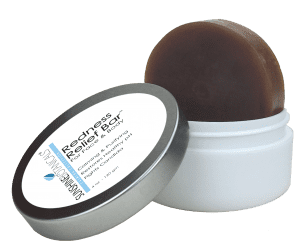
Burdock root is known to fight many common skin problems such as eczema, acne, and psoriasis – thanks to its natural antibacterial and anti-inflammatory properties. Burdock root also has tons of antioxidant benefits, making this such an excellent ingredient for any problem skin condition. You can find this in our Redness Relief Bar
Licorice Root
Licorice extract is a potent anti-inflammatory for skin cells, according to a 2008 study at the University of Science and Technology in China. That’s because licorice root (aka sweet root and Glycyrrhiza glabra) has coumarins, flavonoids, plant sterols, and glycyrrhizin reduce rosacea’s redness. Glycyrrhizin can be used in treating skin conditions like eczema and acne. As a rich source of antioxidants, it also offers skin lightening and anti-aging benefits. You can also find this in our Redness Relief Bar.
Comfrey
Comfrey contains compounds like allantoin and rosmarinic acid, which exhibit soothing and anti-inflammatory properties that can help soothe swollen and inflamed skin. In the herb, world comfrey is also called “knit bone” because of its ability to heal broken bones, bruises, burns, and all types of inflammatory skin conditions. Comfrey is in our Rapid Repair Collection
Oregon Grape Root
When applied to the skin, it can help fight redness, irritation, and infection. It can even help prevent psoriasis and atopic dermatitis. Oregon grape root is good for treating bacterial infections and can also help to reduce and prevent acne. Oregon Grape Root is in our Rapid Repair Collection
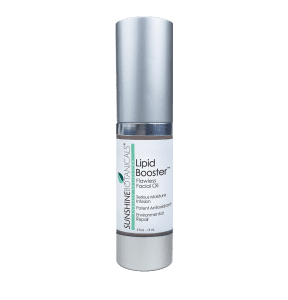
Evening primrose oil has been proven to be extremely beneficial for those suffering from Rosacea and eczema and for those prone to acne. The active ingredient GLA, which is a fatty acid, can help reduce the oil secreted by the skin, boost blood circulation and reduce inflammation, and is found in our Lipid Booster.
The medical community generally favors conventional medicine for the treatment of Rosacea. We disagree. We believe that it is necessary to explore and converse about holistic options for Rosacea treatment. Remember that every individual has a unique internal chemistry, so these recommendations may or may not work for you. Still, we wanted to provide as much information on any natural remedies that have worked successfully for many people. For some, following an alkaline diet alone can help reverse severe symptoms. For others, it is eliminating chemicals in facial care products that does the trick. It’s up to you to research, try, and observe what you think may work best for you. We are with you every step of the way!
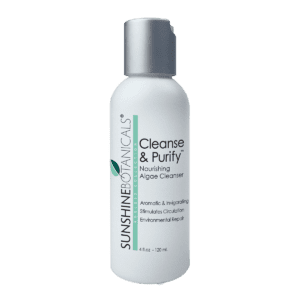
Seaweed can help soothe skin conditions associated with inflammation, like acne and Rosacea. It has anti-inflammatory properties and contains natural minerals like magnesium and zinc, which is known to help improve the appearance of redness in sensitive and hypersensitive skin. It also shields the skin from harsh environmental conditions by creating a protective barrier. Which makes our Cleanse & Purify our most popular cleanser.
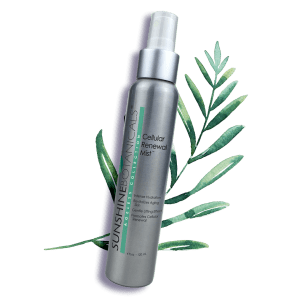
This beautiful herb has anti-inflammatory, antifungal, and antibacterial properties that may be useful in healing the skin. Helichrysum contains an anti-inflammatory substance called Arzanol, which plays a part in healing wounds. Our Cellular Renewal Mist hydrates the skin, stimulates healthy cell growth, and revitalize damaged tissue and contains Helichrysum.
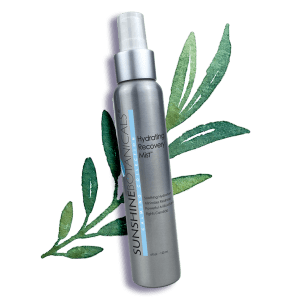
Colloidal Silver has antifungal, antibacterial, and anti-inflammatory properties making this a skincare heavy-hitter, as nearly all skin issues — including redness, acne, Rosacea, and dermatitis all stem from inflammation. Colloidal Silver makes our Hydrating Recovery Mist a favorite in avoiding maskne breakouts.
In summary, all inflamed skin conditions have an internal root cause and medications only treat the symptoms. If you approach the correction of inflammatory skin conditions from the inside out, that is where the real healing and transformation begins!
My Passion is your Solution
Sources:
Davis JM, Murphy EA, Carmichael MD, Zielinski MR, Groschwitz CM, Brown AS, Ghaffar A, Mayer EP. Curcumin effects on inflammation and performance recovery following eccentric exercise-induced muscle damage. Am J Physiol Regul Integr Comp Physiol. 2007 Mar 1 [Epub ahead of print]
Aggarwal BB, Sundaram C, Malani N, Ichikawa H. Curcumin: the Indian solid gold. Adv Exp Med Biol. 2007;595:1-75. http://umm.edu/health/medical/altmed/herb/turmeric
James A. Duke, PhD., in the October, 2007 issue of Alternative & Complementary Therapies, and summarized in the July, 2008, issue of the American Botanical Council publication HerbClip. http://organixsouth.com/info/index.php/theraneem/articles-and-factoids/neem-a-centuries-old-remedy-for-problem-skin-hair
Barrows, Brady. ‘Rosacea 101: A Simple Method to Control Rosacea’. iUniverse (May 31, 2002) Brownstein, Arlen. ‘Rosacea: Your Self-Help Guide.’ New Harbinger Publications (1 Feb 2001)
Natural Products Insider – Mark Becker 2016
The contents of this blog are for informational purposes only and do not constitute medical advice; the content is not intended to be a substitute for professional medical advice, diagnosis, or treatment. I am a trained aesthetician, herbalist, and experienced natural health professional – but I am not a medical doctor. This information is for educational purposes only and I always recommend checking with your primary health care provider before embarking on an herbal wellness detoxification program. Always seek the advice of a physician or other qualified health provider with any questions you may have regarding a medical condition. Never disregard professional medical advice or delay in seeking it because of something you have read on this blog.
Individual customer experiences with Sunshine Botanicals products may vary with respect to both effectiveness, and potential adverse reactions. Results given in testimonials are from real customers who have used Sunshine Botanicals products, but similar results are not guaranteed. Individual results may vary depending on skin type, sensitivity, age, and skincare history, as well as how the products are used and applied. Contact your doctor immediately if you suspect that you have a medical problem or emergency.
